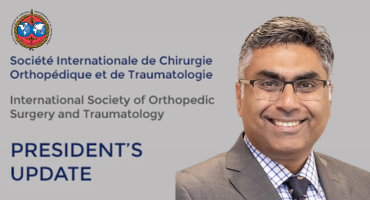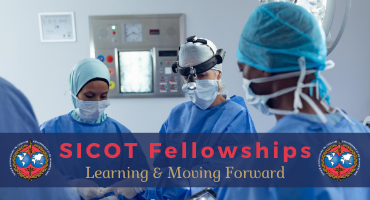An informational video for informed consent improves patient comprehension before total hip replacement- a randomized controlled trial
Int Orthop. 2025 Apr 2. doi: 10.1007/s00264-025-06503-6. Online ahead of print.
ABSTRACT
PURPOSE: Effective patient comprehension is critical for informed consent, particularly in Total Hip Arthroplasty (THA), a globally prevalent procedure. This study evaluates the efficacy of an informational video to improve the patients' understanding, self-perceived knowledge, and emotional comfort in the context of THA informed consent. This randomized controlled trial investigates the impact of an additional informational video on (I) the patients' understanding, (II) self-precepted knowledge and (III) emotional comfort during the informed consent process for THA.
METHODS: Participants were randomized to receive either the standard informed consent procedure or the standard procedure supplemented with an informational video. The effect of the video was tested with post-consent questionnaires.
RESULTS: The informational video significantly (p = 0.014) improved the patients' understanding from 78.6% to 86.5%. Self-precepted knowledge and Emotional comfort was not effected by the video (p = 0.986; p = 0.333).
CONCLUSIONS: The informational video significantly improved patient comprehension during the informed consent process before THA.
PMID:40169412 | DOI:10.1007/s00264-025-06503-6














